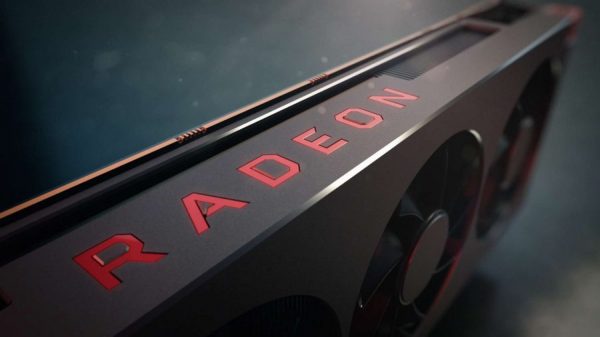AMD introduced ray-tracing support to its graphics cards with the RX 6000 series. However, older GPUs may also be able to benefit, as a developer was recently able to implement ray-tracing support for Polaris, Vega and RDNA GPUs using the Linux Mesa 3D graphics library.
Nvidia and AMD GPUs with native ray-tracing capabilities use their RT cores and Ray accelerators, respectively, to execute bounding volume hierarchy (BVH) instructions and produce ray-tracing effects. Older GPUs without these dedicated ray-tracing components will have to rely on software to provide the same visual splendour.
As per the radv merge request found by Phoronix, that's exactly what has happened. The merge request was opened by Joshua Ashton, who has worked on DXVK and VKD3D-Proton. According to Joshua, ray-tracing implementation on pre-RDNA2 GPUs works by “emulating the AMD BVH intersection instructions in software”. For now, it passes the conformance test suite (CTS) as an RDNA2 GPU, but as expected, these older GPU architectures won't be able to match RDNA2 performance in ray-tracing.
Users have already reported that ray-tracing effects on games like Quake II RTX are already working, but not the Steam version of the game, only new builds based on the source code.
KitGuru says: Do you own a Linux system equipped with an AMD Polaris, Vega or RDNA graphics card? Would you like to test ray-tracing out on it?
 KitGuru KitGuru.net – Tech News | Hardware News | Hardware Reviews | IOS | Mobile | Gaming | Graphics Cards
KitGuru KitGuru.net – Tech News | Hardware News | Hardware Reviews | IOS | Mobile | Gaming | Graphics Cards



